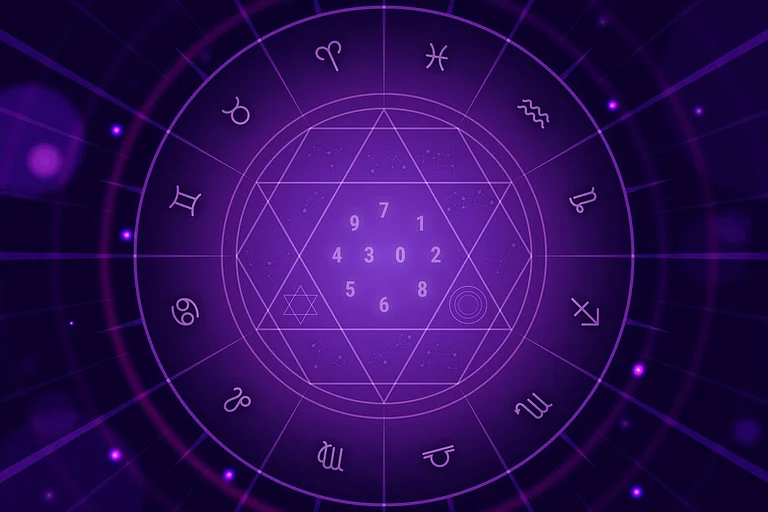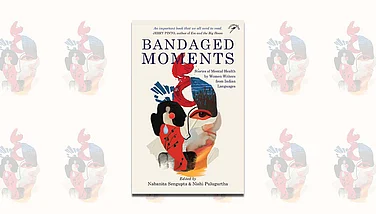Many years ago, when I returned fromgraduate school in the United States, my flight landed in Delhi. I had neverbeen to Delhi before that, and had grown up in Calcutta and abroad. I visitedthe Jama Masjid. In the United States I had read, I had thought, and most ofall, I had begun to feel that now it was India where I would learn. I stillremember that the sun was setting when I stepped into the vast courtyard of theMasjid, and the inevitable pigeons were rising into the falling light. It wasthe first time I felt praise for what the past had left behind for us, and thelong arc of time in this country. Calcutta was a colonial city, and so isBombay, where I now live. The sense of the past’s presence that these twocities have is limited.

But in Delhi there are magnificent domes, walls of forts, crumbling stone,remnants of a blue from centuries ago, unforgettable carvings, textures I wouldnever otherwise encounter. I am given the opportunity to understand the beautyof an edifice or an artefact, as well as the inevitability of its decay. I amleft with time’s incomprehensible sweep, which will make my own life larger,almost as if it were space.
This has nothing to do with nostalgia, which is the most unimaginativerelationship one can have with the past. I watch the way stars of light come inthrough the jalis and hang suspended in the darkness, a way in which they can nolonger in spaces that have come after. Standing there I experience the ways inwhich an empire encloses space, views the sky, builds gardens; how it mergesbeauty and power. In places like this is where I begin to see that the past isan undertow of the present, increasing its possibilities.
As a writer I necessarily fear the disappearance of the past, or its beingrelegated to its pastness. India will, as we are constantly being reassured,become a superpower. Finance, industry, manufacturing and information technologywill leap ahead. But what will get left behind, forgotten, and eventuallystrangled, is those other things that make civilisations breathe. I remember myKorean friend, the artist Chang Kyong Park, who said to me that India should notmake the mistake of going the same way as Korea. And then he spoke to me of whatKoreans call the han—sadness that has no expression, except in the mostsilent tears.
I am at the Nizamuddin dargah, late at night, with two friends. There are almostno people, and sweepers with dented faces that I remember from ancient Mughalminiatures, surrounding Akbar or Jahangir, are sweeping away the dust and paperremnants of the day. Returning home, a nilgai leaps out of the fog and acrossthe road, and disappears into the darkness. For a moment I lose my sense ofspace and time. This is the kind of displacement that has no equal.
There is as much to receive here about the ways in which it is possible forlight and darkness to meet, as about the nature of empires, the sense ofnationhood, and the confluence of ways of being, all equalling each other intheir tenuousness. This particular past that I encounter in Delhi brings thingsof great use and great solace to me, at this very moment.
This article originally appeared in Delhi City Limits, January 31,2006





















